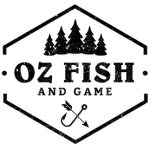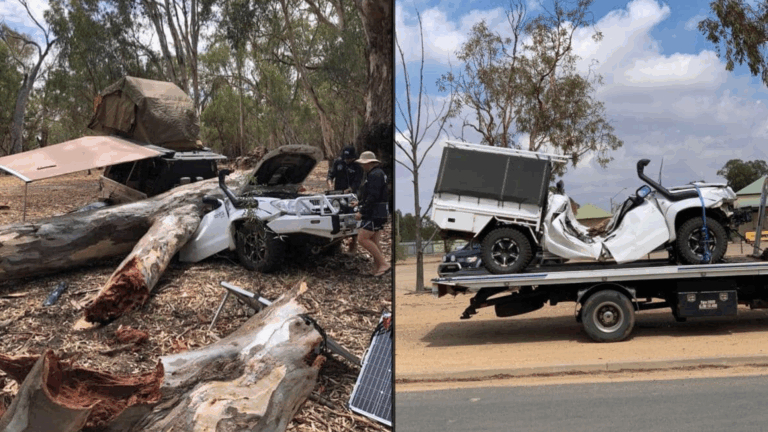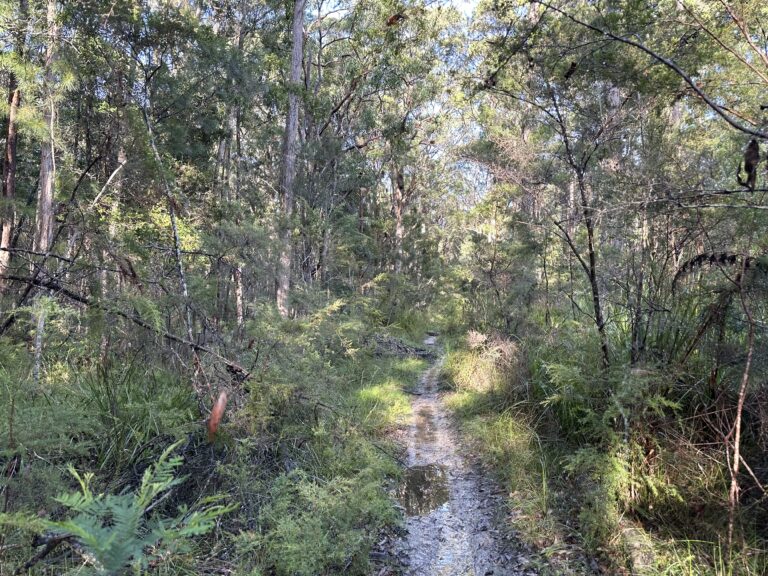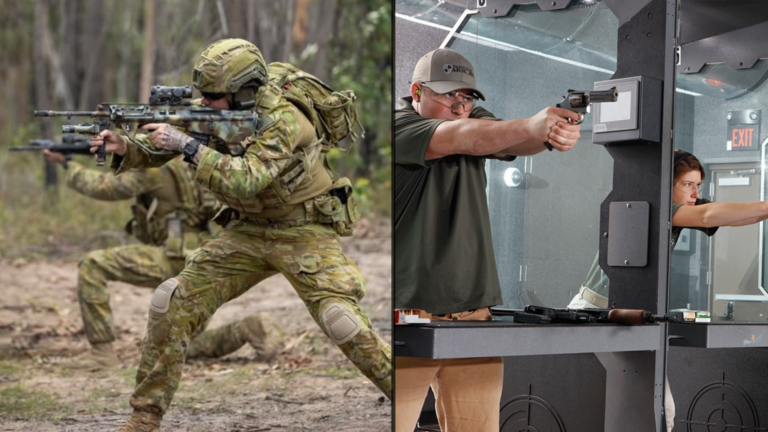If you’re anything like me, some days a coffee (or 6) will be the only thing that keeps your mind focused and your body moving swiftly towards your current goals. While this liquid motivation is easy to produce at home, many new hunters are left scratching their heads on how to get their caffeine fix in the field. This short guide covers everything you need to know, including the various types of coffee available and the equipment used to brew it.
Types of coffee
Instant coffee
Instant coffee is the usual suspect in the coffee game, and for good reason. This product would have been a staple of the household throughout your childhood, and in most cases, this probably hasn’t changed. The preferred drip for most Australians will come from one of three manufacturers – Moccona, Nescafé, or International Roast. Like all instant coffee, the blends from these manufacturers will be dirt cheap, with a flavour to match. While it’s never going to set your taste buds on fire, it will deliver the bare minimum – warmth and that much-needed hit of caffeine.
Beyond the notable price advantage, instant coffee is simple to prepare and doesn’t require any specialised equipment. That makes it a strong contender for any minimalist hunter who wants to shed weight inside their pack. Unfortunately, there is one major downside – At some point after consuming this beverage, you’re going to feel like someone has taken a 12 lb sledgehammer to your guts. That’s not the kind of gastrointestinal activity you want to experience while trudging through the wilderness. Unless you’re hunting on a paper-thin budget or enjoy this type of coffee, my advice would be to scratch it off your list. This product is not worth buying.
Coffee sachets
Coffee sachets are the upmarket version of instant coffee. This coffee will deliver an improved taste. However, as you would expect, it will cost you a few more dollary doos. Examples of this product include powdered latte, mocha, and cappuccino sachets. While this pre-packaged coffee doesn’t necessarily require the addition of milk or sweeteners, it can be added to improve upon the flavour. The only real negatives you’ll face with sachets is the inability to adjust the strength of the coffee, and the mess that it will leave inside your chosen receptacle. On that note, If you’re making coffee in the same container that you’re cooking in, i.e. a Jetboil, you may want to factor in a cloth and some additional water for cleaning. Milk-tainted meals do not make for a pleasant dining experience. Overall, this is a worthwhile choice for hunters who are looking for a moderate-tasting beverage that doesn’t require much effort to produce.
Tea bags and pour-overs
Coffee-infused tea bags and pour-overs have gained a massive surge in popularity over the past few years and for good reason. They’re as simple to make as instant coffee and lack many of the drawbacks of the cheaper alternatives. In some cases, the taste may even be on par with freshly ground coffee beans. Though, as with all quality goods, this will come with a premium price tag. If you’re unwilling to compromise on taste, this won’t be a problem. What might turn you away from this option is the inconvenience of having to carry and dispose of the ‘wet’ waste from the leftover packaging. However, this is easily overcome by stashing your waste in a zip lock bag until you’re able to dispose of it back at your campsite. Doing so will mitigate the risk of this rubbish leaking inside your bag. If you’re looking for the middle ground between the simplicity of the previous options and the taste of freshly ground coffee beans, this is my recommendation.
Ground coffee beans
By now, you’re probably asking yourself – Is ground coffee a worthwhile choice? In my opinion, yes, it is. High-quality food and beverages are proven to increase morale. In terms of your hunt, good coffee will provide temporary relief from the exhaustion and self-doubt that you may experience following an unsuccessful stalk, or when contending with steep terrain and adverse weather conditions. That alone makes this option worthy of the time and financial investment.
Boiling water
After you’ve chosen your coffee, you’ll need to select a method to boil the water. Other than a campfire – which takes time and effort to build, the most common option will be a portable gas stove. There is a wide variety of these products on the market, ranging from cheaper and less efficient models such as the Furno, to the wildly popular, but expensive, Jetboil. Realistically, each of these products will deliver the same result. Your choice will largely come down to 3 factors; efficiency (gas usage and heating times), the amount of storage space it will take up in your pack, and how much you’re willing to pay for it. After using both of the examples above, my personal preference is the Jetboil. From my perspective, it ticks the two most important boxes – efficiency and space. However, your priorities may differ from mine, and that’s ok too. If you’re uncertain of which product to go for, reach out to your friend network and find out what gear your mates are using. Better yet, ask if they can give you a first-hand demonstration to see if it meets your requirements.
Note: Some people may be wondering why I have chosen to omit 12v car-powered electric jugs from this list. Based upon my research (i.e. user reviews on the BCF Germanica model), these appliances can take up to 30 minutes to boil and produce an uncomfortable – perhaps even dangerous, amount of heat from the wiring. Based on this feedback, I do not consider these appliances to be a safe or viable option.
Coffee filtering systems
Earlier in this guide, I briefly discussed the topic of coffee filtering systems. This equipment will be an added expense for anyone who wants to produce quality coffee from ground coffee beans. While each variety of filter will function differently, the underlying concept is effectively the same for each of them. The hot water absorbs the colour and flavour of the coffee beans, and the filter prevents the fine coffee grit from remaining in your brew when it comes time to serve it. No matter which option you choose, it’s important to remember that proper maintenance and care should be taken to ensure the effectiveness of your filter. As a minimum, your filter should be flushed with clean water after each use before being wiped down with a cloth. This will ensure that no off-flavours or textures contaminate your next cup of coffee.
French press
A filtering system that uses the downward motion of a plunger (with an attached stainless steel filter) to separate your freshly made coffee from the remnants of your ground coffee beans. Cheaper versions will usually be sold with a glass jug that’s used to steep (or brew) your coffee. Due to the fragile nature of this material, these variations are best left back at your campsite, as opposed to being carted around inside your hunting pack. Other versions – such as the Jetboil French press attachment, are sturdy enough to be carried on a hunt. They also have the added benefit of combining with your established water boiling system. This will assist you in reducing the overall weight of your pack. If you’re after a simple, user-friendly solution to get your coffee fix, a French press should be at the top of your list.
Aeropress
A tough, lightweight filtering system that’s designed to produce high-quality coffee – no matter where you happen to be. Unlike the French press, this device takes advantage of downward air pressure to strain your coffee through a disposable paper filter. Though unfortunately, the word strain also applies to the amount of physical effort required to use this device. Initially, I found that producing multiple cups of coffee became frustrating and tiresome. This was due to the amount of force required to compress the plunger. As it turns out, the issue was caused by the main rubber seal that had not been fully worn in. While this was easily overcome through repeated use, I would still recommend pursuing an alternative option if you have a pre-existing medical condition, such as a shoulder injury.
Despite being an otherwise capable piece of equipment, I question whether the commercial success of this gadget is due to a clever marketing strategy, as opposed to outright quality and performance. Most of the product reviews I have read claim that it produces a superior-tasting product compared to other methods. Perhaps my palate wasn’t sophisticated enough to taste it, but I didn’t notice any difference between coffee made with an Aeropress and a standard French Press. That’s not to say it makes bad coffee, it’s just not any better.
My overall feelings about this product are best summed up by answering the following two questions –
Would I buy another Aeropress? No, I wouldn’t.
Would I get rid of my Aeropress? Probably not.
At this stage, it makes more sense to keep it in my ute for emergency use – For those times when I have left home without my hunting gear, or if my French press were to ever become lost or broken.
If you’re interested in finding more information on this product, keep an eye out for my future guide on how to brew coffee with an Aeropress. This guide will contain a walkthrough on how to use this equipment, along with a basic fault-finding guide.
Percolator
Known for its ability to produce rich flavoursome coffee, the percolator has been a popular choice amongst coffee aficionados since its inception in the early 1800’s. Unlike the two filter options above, this piece of equipment utilises a clever design that takes advantage of the internal steam pressure. As the water heats up, it rises through the central tube and passes over the ground coffee beans. The caffeinated water is then filtered through to the lower pot, before the cycle is repeated.
Most percolators are made from either aluminium or stainless steel, making them resistant to damage. This will be a huge benefit for anyone like myself who is rough on their gear. Unfortunately, there is one downside to this product – the steep learning curve to master the process. You can still produce decent coffee as a beginner. However, if you’re not paying close attention to the water temperature and the brewing time, the taste may be slightly inconsistent between each batch. Thankfully, there are several tutorials online to help you to perfect the technique. Overall, if you’re looking for high-end espresso-like coffee in the field and you’re patient enough to tinker with it, this is the option for you. Otherwise, consider the quicker and more user-friendly alternatives listed above.
Milk and sweeteners
Any discussion on coffee would not be complete without addressing the topic of flavour enhancers. Some people either cannot or will not touch a cup without the addition of milk or some form of sweetener. This can create a problem though, as fresh products like milk can be a nightmare to transport and store – especially when camping away from your vehicle. To help with this, I’ve put together a list of a few camp-friendly alternatives to these products below.
Powdered milk
A shelf-stable option that combines the taste of milk, with the convenience of a powder. What’s not to like? Well, there’s only one negative to this product. Powdered milk is mostly sold in large 1kg bags. If you’re not careful with the packaging, or if you choose the wrong container to transfer it into – things can get messy real quick. The addition of any moisture to this spill will only make matters worse for you. Just like fresh milk, powdered milk will impart the same sour “off” smell if left uncleaned for an extended period. This makes cleaning your gear a high-level priority. If you can prevent this situation from occurring, or if you’re willing to leave your powdered milk back at your campsite, it is an otherwise decent option to boost the flavour of your chosen brew.
Note: Like all dehydrated products, powdered milk will have a finite shelf life. If transferring this product into another container, make sure that you keep track of the original expiry date. If at any stage the powder develops a sour or off smell, it should be thrown away.
UHT milk
UHT milk (ultra-high temperature processing), otherwise known as “long-life” milk has come a long way since its inception in the 1960’s. The most note-worthy changes have been the improvement in taste, and the wider variety of flavour options available. While UHT milk does require refrigeration after opening, it can be kept unopened inside your camp gear for months on end without cooling – making it the perfect fall-back option if you run out of the “fresh” stuff. Other advantages include sturdy packaging and the ability to purchase it in single-use servings – which completely negates the need for any form of refrigeration. Although, this added convenience will come at a slightly higher price point. If you’re looking for a middle ground between simplicity and taste, this option is worth investigating.










